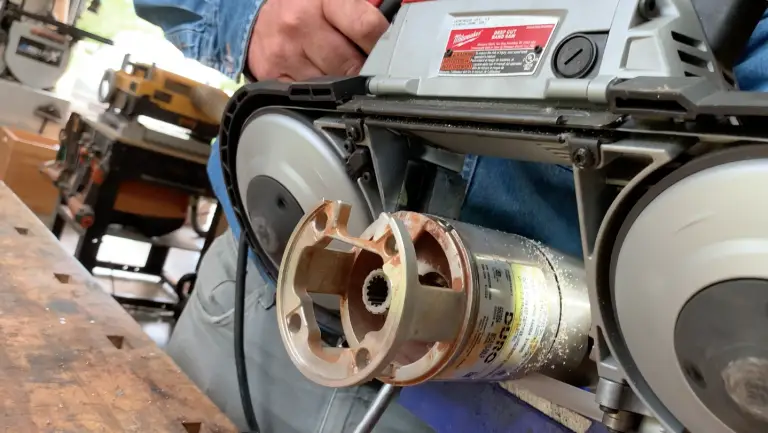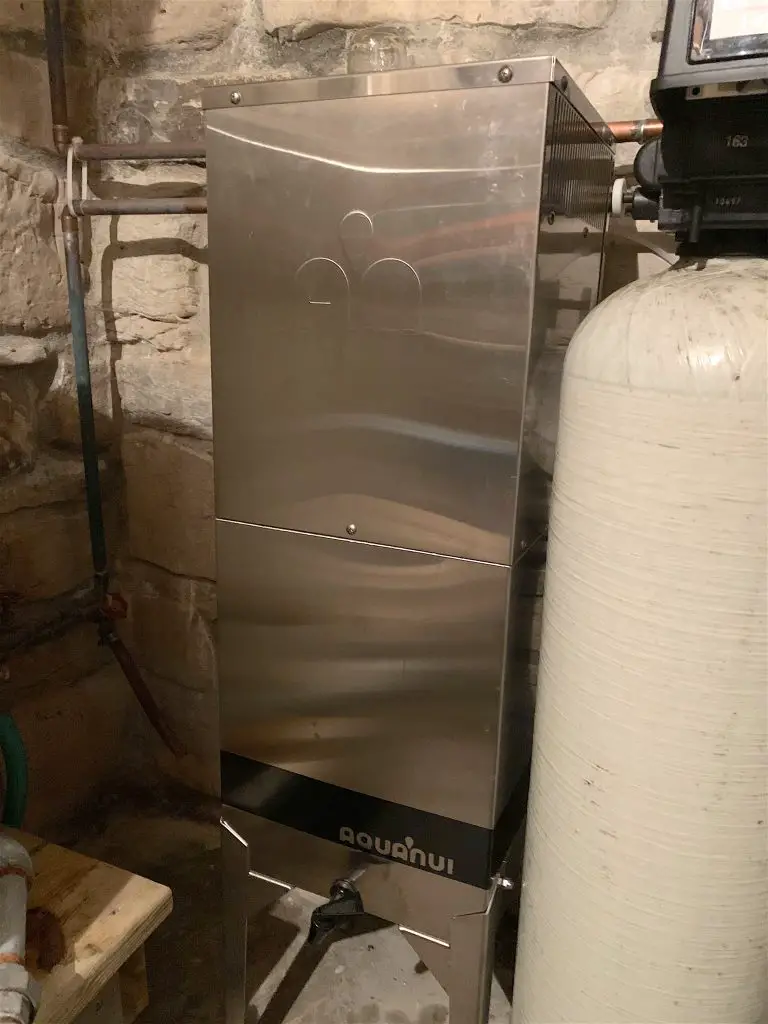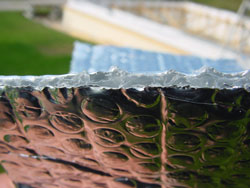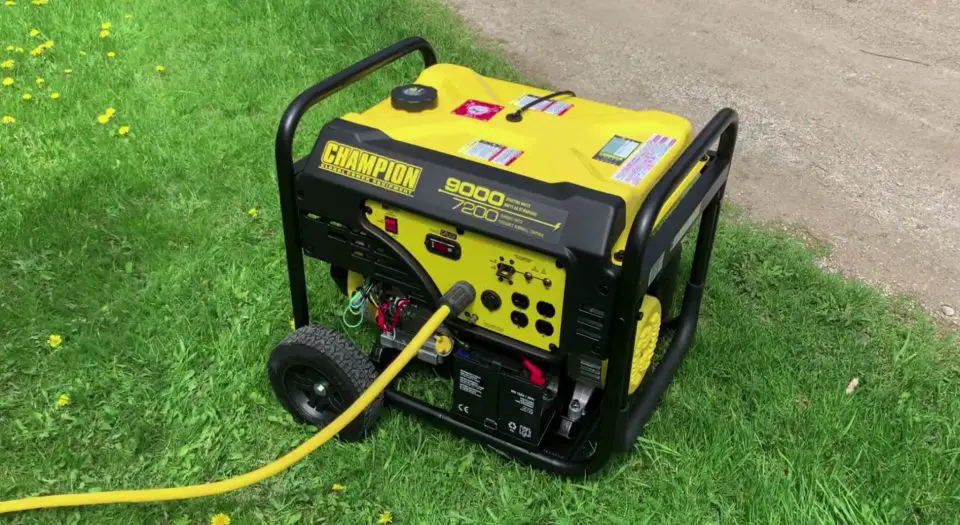
Question: How can I figure out if a generator I’m thinking of buying is big enough to power my household water well pump? I understand that any pump demands more electricity while starting up than while running, but how much more? I’ve used an ammeter to check current draw on one of the two wires powering the pump. Will the amperage measured on one of the incoming wires be all that’s required to start the pump or is it more?
Answer: In one sense, it’s actually a pretty simple thing to answer your question. If you can get your hands on a test generator of the same size as you plan to buy, and if this generator can do the job in a test, then the new one you’ll get will be fine, too. It sounds like you’re interested in a fuller understanding, and there’s actually more involved here than you might realize, beginning with an understanding of the voltage your water pump is made to use. Most residential water well pumps in North America require 240 volts, though 120 volt pumps are available. Some jet pumps can even be configured to use either 120 or 240 volts depending on how you wire them. It’s vital that you first determine the voltage your pump is made to use.
120 Volts vs 240 Volts
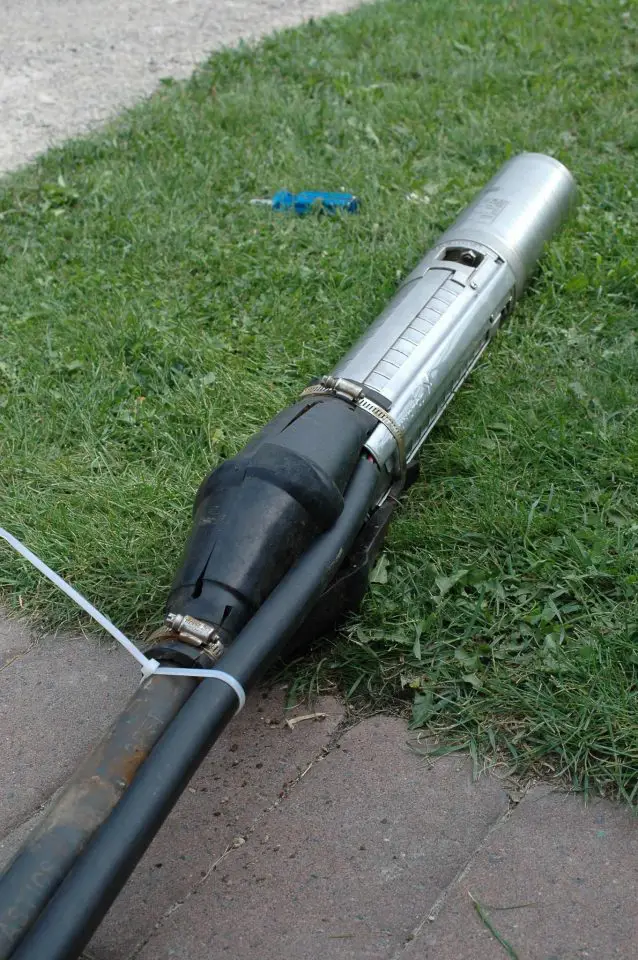
It’s entirely possible to run any 240-volt household well pump with a generator, but only if the generator itself is capable of delivering 240 volts. Not all are. This is twice as high a voltage as found at normal electrical outlets, and is the standard voltage for larger appliances in North America. In practice, 240 volt appliances use two 120 volt feeds, and the amperage you measured on one of your water pump wires is the same as what you’d find on the other. But you don’t add these figures when determining what size of generator you’ll need. Just take the amperage figure you measured, then multiply it by 240 volts. That’s the total wattage you need.
You’re absolutely right about some things drawing an extra surge of current at startup, and this surge can be more 2x or 3x the current draw while running. Not many electrical meters can measure the instantaneous current spike of a motor starting up, so the number you measured may or may not be the surge peak.
In practice, however, the job of choosing a generator for a 240 volt water pump (if that’s what you’ve got) is actually very simple for one reason. Only larger generators deliver 240 volts in the first place. Even the largest household water pump requires only about 1000 watts to operate, and perhaps between 2000 and 3000 watts at startup for a moment. I’ve never seen a generator that delivered 240 volts that didn’t have an output greater than 3000 watts. At my house, for instance, a 3500 watt generator is enough to power our 240 volt water well pump, some basic lighting, the fridge and freezer that kicks on or off as controlled by their thermostats. Now, this generator couldn’t handle all of these starting up at once, but in practice the fridge or freezer only runs part of the time.
Is your water pump 120 volts? If so, then a 2000 watt generator would probably be more than enough to run it, and a 3000 watt will be large enough for sure. Just out of interest, I know at least one submersible water well pump manufacturer – Grundfos – that makes what they call a “soft start” 120 volt pump. This unit eases ON when the pressure switch calls for water, greatly reducing surge current draw. We installed this unit in my son’s well, and it’s interesting to watch the pressure gauge on the tank. When the pump kicks ON, nothing happens for the first second or so, then you can hear the water flow starting slowly and building. The idea with this pump is that it’s made to operate with a 1000 watt generator only, without tripping the breaker, even on startup. My guess is that the gentle start may also contribute to longer pump life.
If you ever have to replace your water pump, you might consider installing a 120 volt model, and wiring it with a plug outlet, not hard-wired to your household circuitry. This means you can run the pump directly with an extension cord from a small generator, if the need ever arises. As I’m sure you know, without electricity there’s no running water for us rural people.
If you ever have trouble with your water well pump and no water from your fixtures, the video below might help you. It’s a 12 minute troubleshooting tutorial that’s also part of my online course on installing and managing your own rural water well pump and system.







